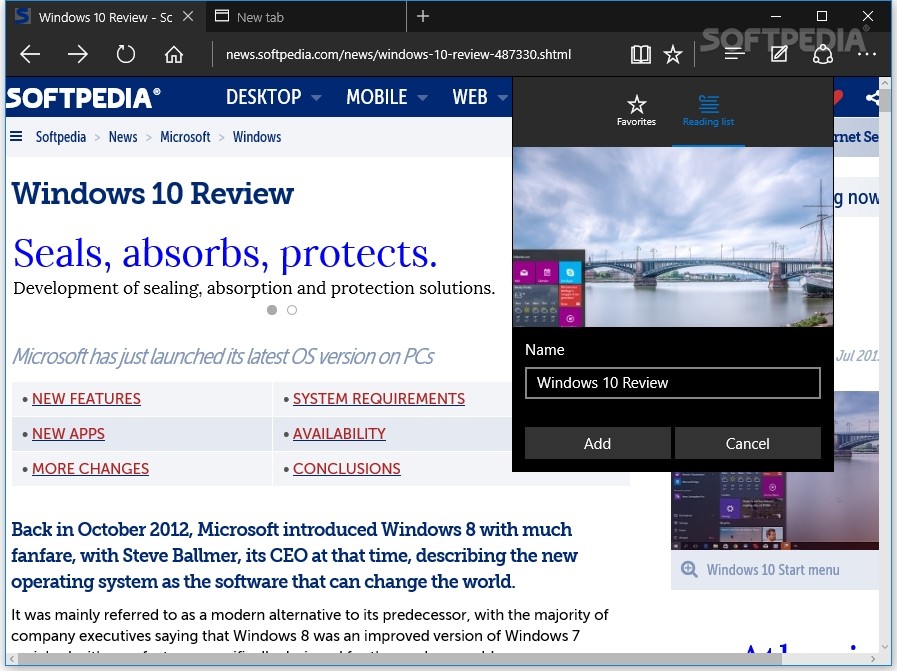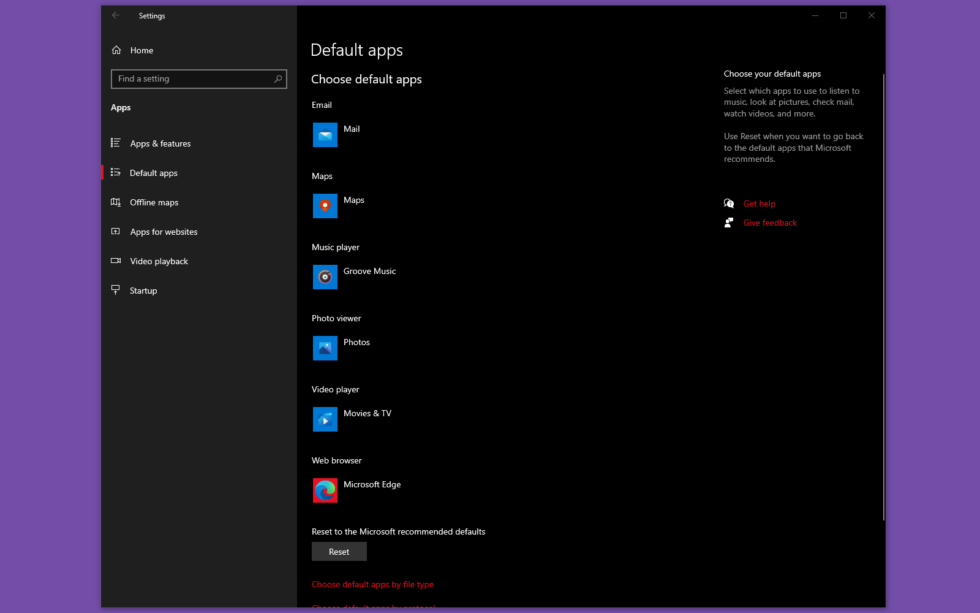

With the new Edge, no lipstick is needed. The old Edge’s confusing tab-handling features that were accessed via the top left of the screen are gone as well.įeatures like that always felt like lipstick on a pig to me - they couldn’t hide the essential shortcomings of the Edge browser. No reading lists or e-reader so you can buy and read books in your browser. So there’s no unneeded frou-frous like the ability to mark up web pages and share them with others. Microsoft jettisoned many of the little-loved and little-used features of the old Edge. Running the browsers with the same five tabs open and with all extensions removed, Chrome used on average about 14% more RAM than Edge.Īs for design, the new Edge borrows from Chrome’s less-is-more ethos. Tests I ran using Task Manager to measure RAM use found that Edge uses less RAM than Chrome. In several weeks of testing, that never happened to me with Edge, even when using the beta version. Not uncommonly on my machines, when I leave Chrome running for days with multiple tabs in use, it becomes so sluggish I need to close the browser down. In my experience, the new Edge also doesn’t suffer from another Chrome problem - the tendency to slow down the longer you use the browser, especially when you have multiple tabs open. Even when using 10 or more tabs, I didn’t find it sluggish, as often happens with Chrome. One of the first things you’ll notice about the new Edge is just how zippy it is, and how quickly web sites load in it.
#Microsoft edge review windows 10#
Note: Unlike the original Edge browser, the Chromium-based Edge works with Windows 7, Windows 8.1 and macOS in addition to Windows 10 - but in this review, I focus on the Windows 10 version.

So how well did Microsoft do with this break-from-the-past browser? Will the third time be the charm, or did Microsoft once again build a browser bound to fail? Read on for details and answers. With Microsoft’s browser market share so minimal and its browsers so widely reviled, he likely felt he had nothing to lose by taking a dramatically new approach. Looked at another way, though, it was no gamble at all.
#Microsoft edge review code#
But using open-source code first developed by Google for Microsoft’s new browser is probably his biggest gamble yet.

(Click image to enlarge it.)Ĭurrent Microsoft CEO Satya Nadella has been willing to break with that Microsoft orthodoxy in the past. Microsoft’s new Edge browser, based on open-source Chromium, is Microsoft’s third attempt to build a better browser. Doing that is anathema to the go-it-alone-and-dominate-the-market vision championed by past CEOs Bill Gates and Steve Ballmer. Instead of developing the browser with proprietary code, Microsoft decided to build the new Edge using open-source Chromium source code, which was originally developed by Google and also underpins Google Chrome and other browsers such as Opera and Brave. Microsoft’s new Edge browser is as dramatic a break as can be imagined from the company’s past.

According to Statcounter, as of December 2019, Chrome had 69% of the worldwide desktop browser market, compared to 4.6% for Edge and 3.6% for Internet Explorer. Edge’s failure to ignite only accelerated rival Chrome’s ascent. That version of Edge, available only for Windows 10, was sluggish, overstuffed with features that few people wanted and severely lacking in something people did want: browser extensions. The company’s second browser, Edge, released in July 2015, was an attempt by Microsoft to replace Internet Explorer and regain browser leadership. After that, Microsoft did little to improve the browser, and Internet Explorer became old, buggy and insecure, allowing nimbler browsers like Firefox and Google Chrome to gain in popularity. But Microsoft’s actions in making it difficult for users to use other browsers in Windows put it in the federal government’s crosshairs and led to a successful antitrust suit against the company. The first try, Internet Explorer, was initially released in 1995 and eventually became the world’s most popular browser, peaking at 95% market share in 2003. 15, is the company’s third attempt at building a better browser. Microsoft’s revamped Edge browser, released Jan.


 0 kommentar(er)
0 kommentar(er)
